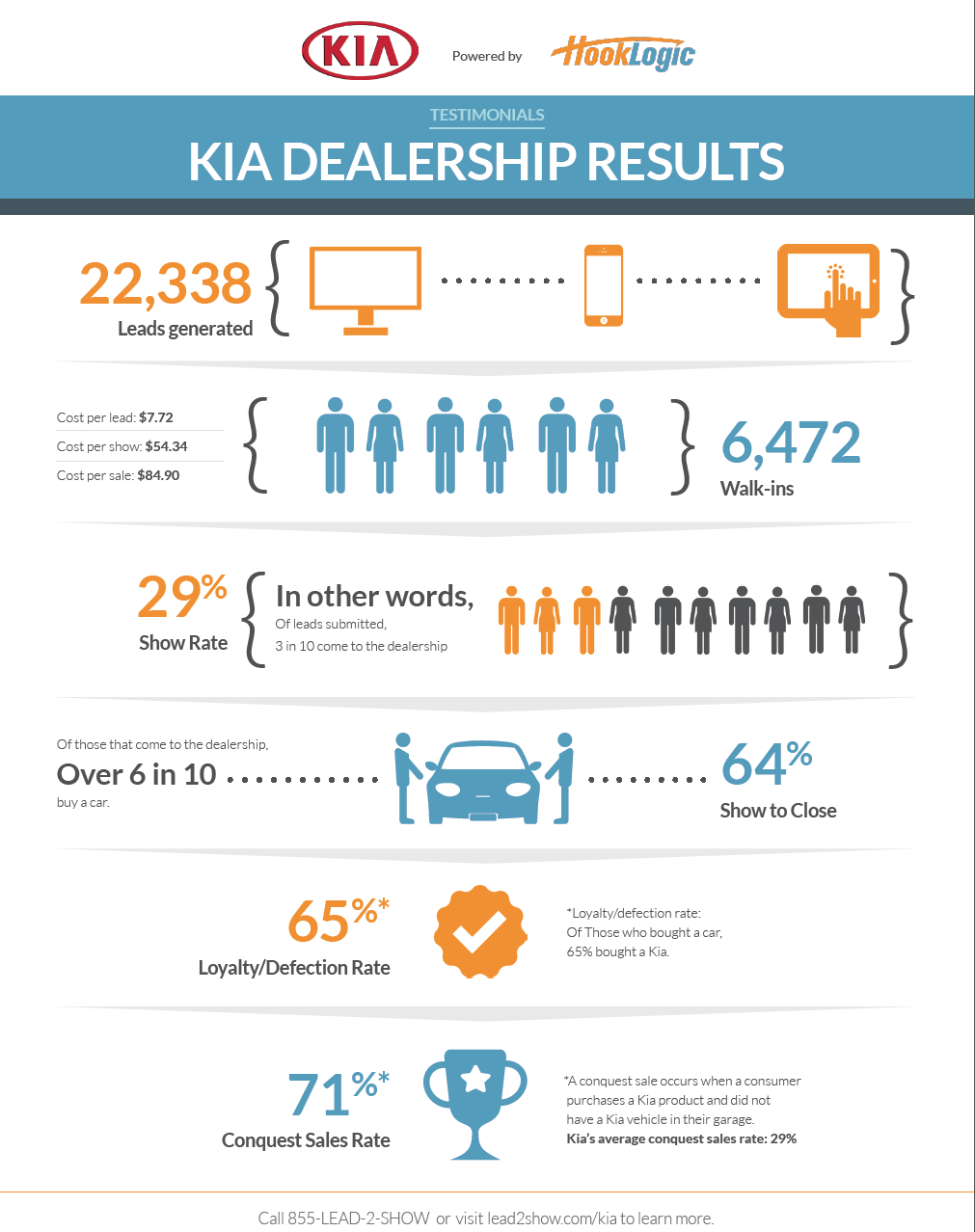Contrary to popular belief, vehicle purchase decisions are still being made at physical dealerships, most likely following a test drive – NOT exclusively online. By using targeted test drive offers on your website, third-party sites and across channels, Dealers can positively disrupt a customer shopping online just long enough to influence them by giving them a reason to visit your showroom instead of your competitors’. Test drive incentives are one of the most cost-effective marketing tactics, consistently delivering buyers into Dealer showrooms and in the drivers’ seat of a vehicle. Below are the top five benefits of using test drive incentives at your dealership.
1. Drive High Intent to Buy Showroom Traffic
Convert your highest intent-to-buy website traffic and third-party site traffic into showroom visits with highly targeted, private test drive incentive offers, redeemable only by test driving a vehicle at your dealership. By presenting customers browsing your inventory online with a $25-$75 incentive to test drive one of your vehicles, you’re giving them a reason to visit your store over the competition. We know shoppers viewing specific inventory pages online are lower down in the purchase funnel, therefore using incentives only further increases your likelihood of converting online traffic into showroom traffic.
2. Execute Custom Incentive Campaigns Based on Your Greatest Areas of Opportunity
With science on your side, you can see whether the leads in your CRM ended up purchasing from you or someone else. Being able to see where, how and why you’re losing sales makes it easy for Dealers to make smarter decisions about how to spend finite, often unvalidated marketing dollars. Test drive incentive campaigns can be executed across all digital channels and customized in-flight to support each Dealer’s unique initiatives. Target underperforming models, ZIP codes or lead sources with higher value incentive offers to reduce your defection rates. In addition to your website visitors, send email incentive campaigns to re-engage all your third party leads and further combat defections and drive customers into your showroom.
3. Increase Incremental Sales
New vehicle sales may start online, but they end at the dealership. The best digital marketing tools attribute all sales and showroom visits back to a single offer or campaign, so your ROI is never in question. Use trackable test drive incentives across channels as one of the most effective, cost-efficient ways to get customers in your showroom and behind the wheel, while properly attributing incremental sales directly back to an offer. Leads generated from these private offers consistently close at both a high rate and a low cost-per-sale.
4. Increase New-to-Brand, Repeat Buyers
Car buyers today might be less brand loyal than ever before. CarMax says only 19.4% of their customers in 2017 purchased the same brand as their trade-in, while the remaining 80.6% bought a different brand. Our own studies show that across all OEMs, an average of 78% of buyers that submit an AutoHook test drive lead are new to the brand, meaning these are not repeat customers that would have come in anyways. If you’re able to provide your customers with a great initial buying experience when they come in to redeem their free gift card, the chance of them returning for a second or third purchase increases, thus improving your likelihood of gaining repeat, loyal buyers.
5. Increase Lead Conversion
This one might be a given, but it had to go on the list. We know Dealers have the best chance of converting a lead to a closed sale when they can get the customer physically in front of them. Getting customers offline and into the showroom is the entire purpose of using test drive incentive offers.





















